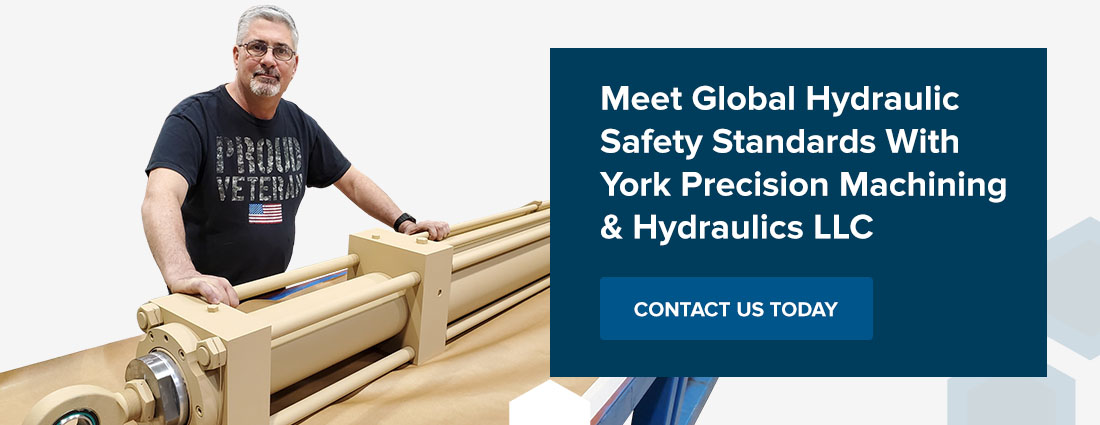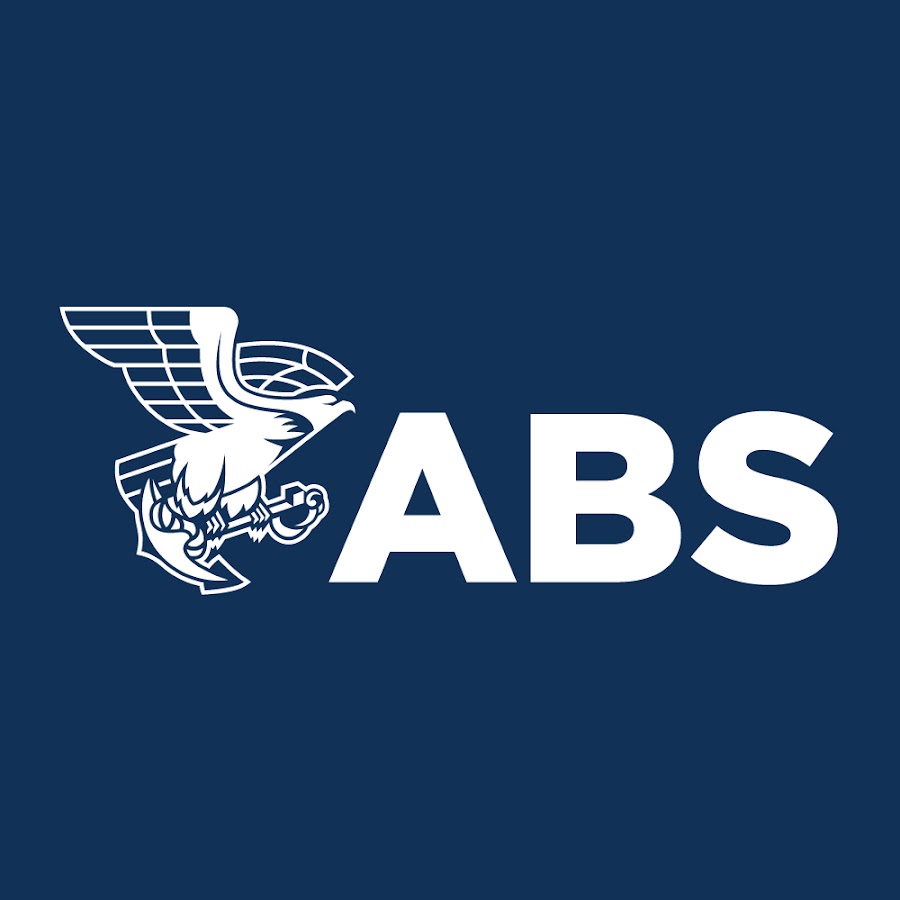Hydraulic Safety Standards Around the World

Hydraulic safety is crucial in global industrial operations. Without it, people and equipment are at risk. The global prevalence of hydraulic systems across industries and the associated risks paved the way for comprehensive international standards. These standards cover every element of hydraulic systems. They include everything from prioritizing safety in the design to hose specifications and maintenance protocols.
Businesses operating internationally must familiarize themselves with the relevant standards. One way organizations can comply with international standards is by using reliable, fail-safe holding and locking equipment like Bear-Loc®.
A Global Overview of Hydraulic Safety Standards
Hydraulics are the lifeblood of many industries, from manufacturing to agriculture and energy extraction. These systems are subject to extreme temperatures, extended operating hours, and intense pressures. Operating teams must handle them carefully to prevent injuries or fatalities.
Hydraulic safety systems and standards protect people and equipment from the risks associated with working near hydraulics. Many standards exist worldwide to cover electrical, hydraulic, and pneumatic systems. Leading international standards organizations, such as the International Organization for Standardization (ISO), American National Standards Institute (ANSI), and European Norms (EN) govern safety best practices for working with hydraulic equipment.
These standards can differ depending on the region, but they have one core component — ensuring safety permeates from the design and engineering to the use and maintenance of hydraulics.
International Hydraulic Safety Standards
Hydraulic safety standards impact the design, installation, and maintenance of hydraulic systems and govern the way industries operate. Organizations operating in multiple locations must understand the differences in global hydraulic safety standards to maintain compliance across the relevant jurisdictions.
Some of the most prevalent standards include:
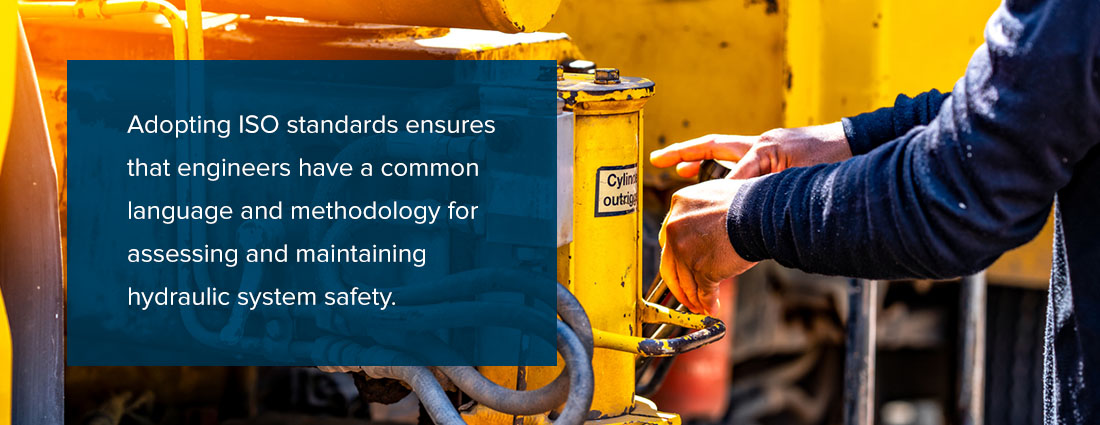
International Organization for Standardization (ISO)
ISO standards have a profound effect on global hydraulic safety systems. They set the bar for integrity and reliability across industries. Each ISO standard provides a comprehensive set of guidelines to ensure the design and operation of these systems occur under universally accepted safety protocols. They help to mitigate the risk of system failure and enhance workplace safety.
Adopting ISO standards ensures that engineers have a common language and methodology for assessing and maintaining hydraulic system safety. They are international and the perfect benchmark for organizations operating in many countries. The most critical ISO hydraulic standards include:
- ISO 4413:2010: This standard specifies general rules and safety requirements for hydraulic fluid power systems and components. It addresses many of the significant hazards associated with hydraulic systems and specifies procedures for avoiding risks. ISO 4413:2010 applies to the design, construction, and modification of systems.
- ISO 4414:2010: This standard establishes general rules and safety requirements for pneumatic systems and their components, including control devices like relays and controllers.
- ISO 1219-1:2012: This standard establishes standardized symbols and circuit diagrams for fluid power systems. It aims to facilitate the communication of information about these systems, making it easier for engineers, technicians and operators to understand the design.
- ISO 13849-1:2023: This standard provides a methodology and requirements for the design of safety-related parts of control systems in machinery, including hydraulic components. It provides guidelines for designing safe control systems, including hydraulic locking devices.
American National Standards Institute (ANSI) and Society of Automotive Engineers (SAE)
North American standards often lay the foundation for global standards. Some of the principal standards governing hydraulic systems in North America include:
- ANSI/ASME B30.5-2021: This standard is part of a set of regulations and codes intended to enhance public safety. It contains provisions for the construction, operation, inspection, testing, and maintenance of cranes and other lifting devices. It also contains requirements for hydraulic systems. ANSI/ASME B30.5-2021 emphasizes the need for these components to withstand the stresses encountered during operations.
- ANSI/ASSP Z244.1: ANSI and the American Society of Safety Professionals (ASSP) developed this standard to ensure operator safety when working with hazardous energy, including hydraulic energy. It establishes the requirements for controlling this energy using lockout/tagout and alternative methods, including de-energizing and securing hydraulic equipment using failsafe devices.
- SAE J517: This standard provides general, dimensional and performance specifications for hoses used in hydraulic systems. It applies to all hydraulic hoses, including marine applications.
European Norms (EN) and the Machinery Directive for Hydraulic Safety
In the European Union (EU), three legally recognized European Standardization Organizations (ESOs) exist. They produce harmonized EN standards that govern the requirements international organizations must meet to obtain a Declaration of Conformity prior to exporting. Some relevant EU standards for hydraulics include:
- EN ISO 4413:2010: This standard defers ISO 12100 and specifies general rules and safety requirements for hydraulic fluid power systems.
- Machinery directive 2006/42/EC: This directive outlines health and safety requirements for designing and constructing machinery placed on the EU marker. It shapes the compliance landscape for hydraulic systems across the EU, including designing and constructing hydraulic systems to minimize risk.
International Electrochemical Commission (IEC) and Australian Standard (AS)
Various other global standards shape the world of hydraulics, including:
- IEC 60204-1: This standard outlines the prescriptions of the electrical equipment of machines, including those with hydraulic systems.
- AS 2671: This standard adopts ISO 4413:2010 for general rules and safety requirements but includes regional modifications specific to Australia.
Industrial Security and Safety With Bear-Loc®
Bear-Loc® sets the global standard for hydraulic rod-locking devices. It adheres to international safety standards by providing fail-safe locking when hydraulic power is intentionally or accidentally lost. Motion is impossible in any direction when Bear-Loc® is engaged due to its interference fit design. The device comprises of a rod and liners that are enclosed in a sleeve. This sleeve creates an interference fit with the rod's external diameter. It provides a positive mechanical connection, locking the rod at any point in the stroke.
In addition to infinite position locking, Bear-Loc® offers zero backlash and high system stiffness. This reliable hydraulic locking device can enhance safety and contribute to mission success in line with global standards.
Meet Global Hydraulic Safety Standards With York Precision Machining & Hydraulics LLC
Operating internationally requires a thorough knowledge of global hydraulic standards. However, these standards have one thing in common — the need for comprehensive and reliable safety. Organizations worldwide trust York Precision Machining & Hydraulics to enhance operational efficiency while maintaining the highest levels of protection. As a leader in precision fluid power components, we have the international expertise to help you stay compliant with safety standards.
Our design-to-build expertise extends to custom hydraulic cylinders and actuators, with the advanced features of Bear-Loc® — the industry's premier hydraulic locking device. We can customize your order to suit your industry and the relevant global standards. Contact us for more information and transform your safety and performance protocols today!
Awards & Certifications
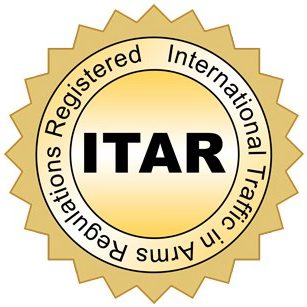
ITAR Registered #M39417
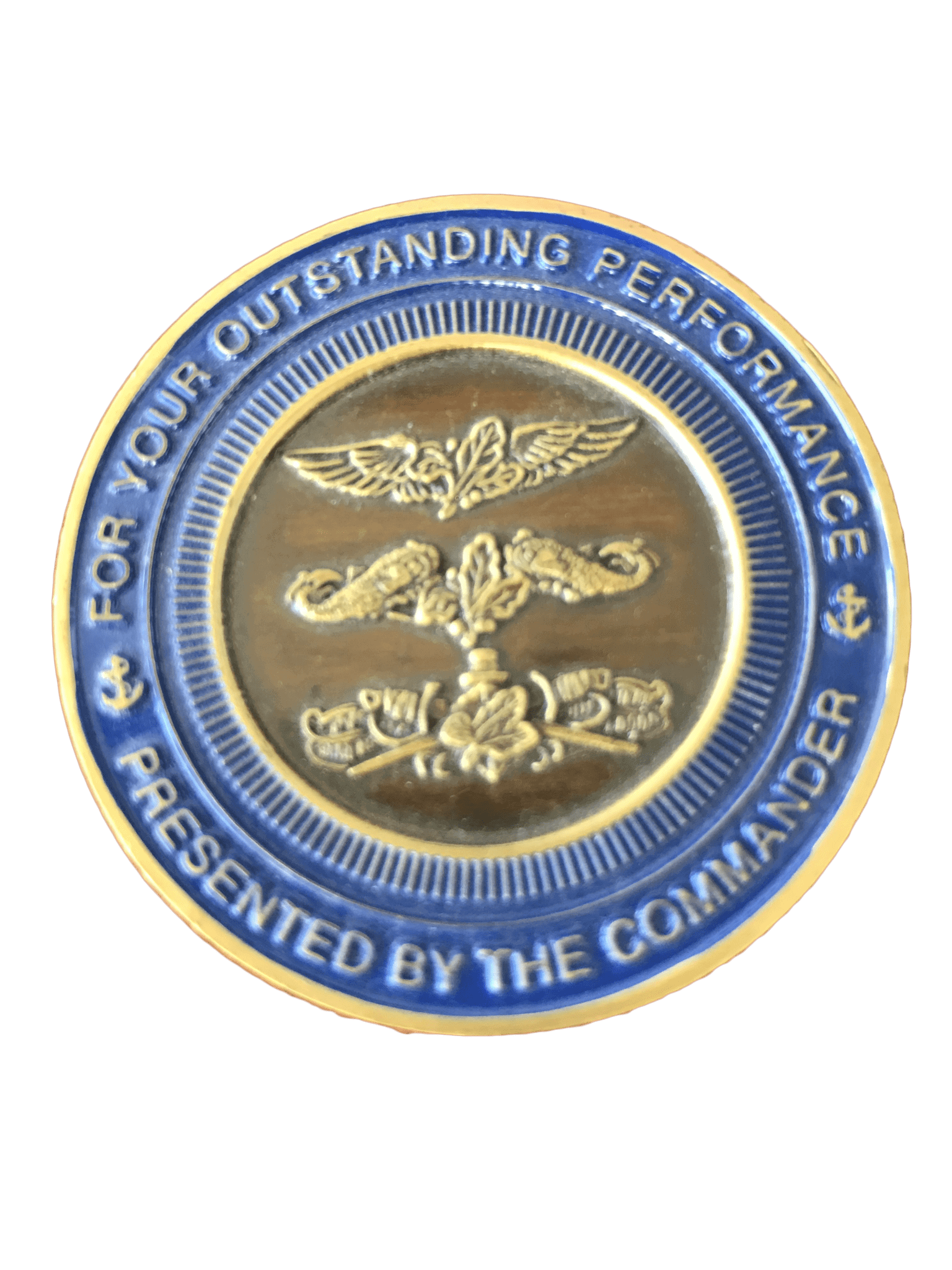
Outstanding Performance

Excellence Presented By Commander

SIBC Member
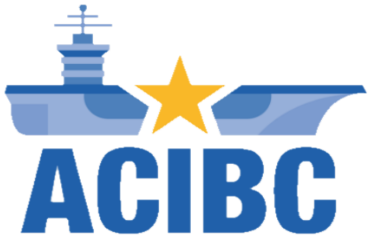
ACIBC Member
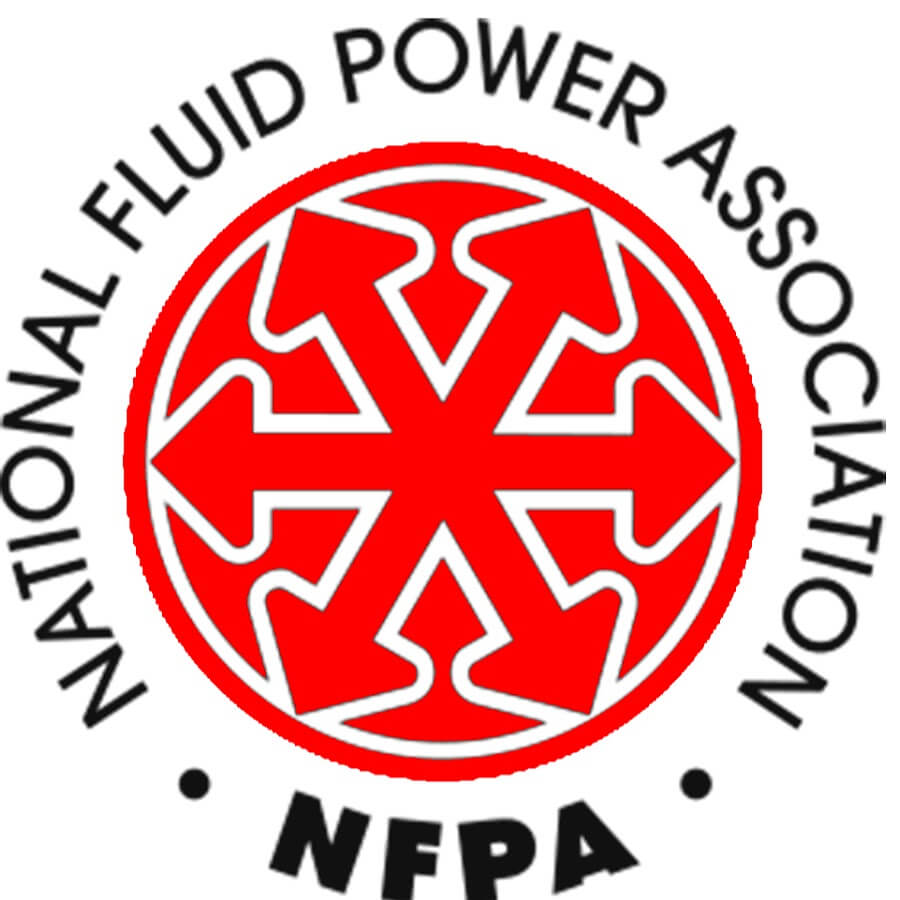
NFPA Member
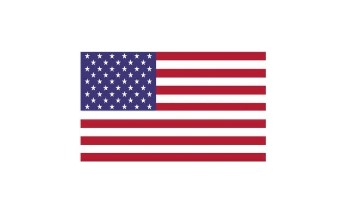
Made In USA
Last Updated: December 15th, 2019

